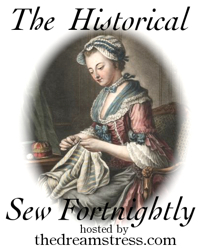1) When gong from a curtain lining muslin to a duchess satin finished item, expect to loose about 3/4", or in my case to end up with a 3/8" seam allowance on one side seam and 1/2" on the other. Now I know how much to allow, if I make a duchess satin again (which I hope I will because its lovely fabric), I'll work that into the pattern adjustments next time.
2) Its impossible to do a narrow machine hem on duchess satin. For some reason, it insists on curling out to the wrong side, no matter how much you press it. I did some research into how to solve this problem, and was glad to find its not just me! Apparently the only really nice way to hem duchess satin is to interline the dress and catch stitch a wide hem allowance to the interlining. Too late to do that, but fortunatley I was cloning, so I took a look at the dress I was copying. They'd overlocked the edge and then folded it once and sewn it down, so I tried that - success!
The other thing worth sharing is how I finished the top edge. In case the lining creeps up at the top edge, I added a band of the duchess satin at the top of the lining, before joining and top stitching in the usual way. And look, there's my label - I get excited every time I use one!
Hopefully after the wedding I'll be able to show you pictures of the clone with the original dresses be
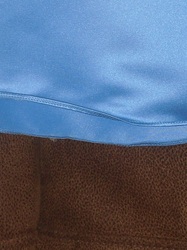
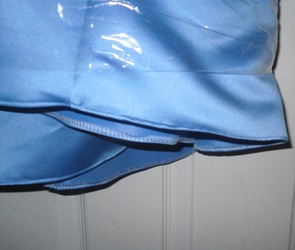
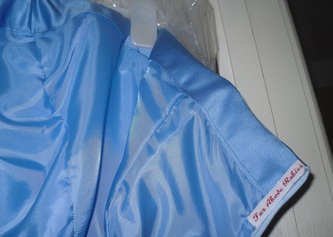
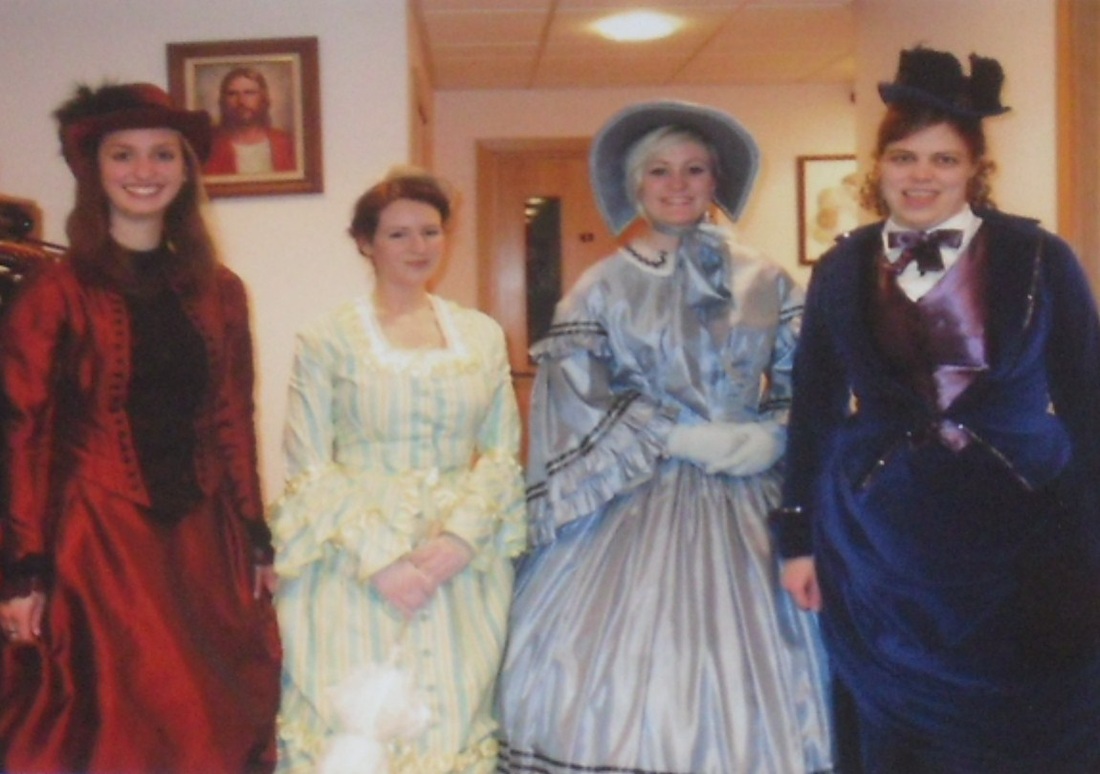
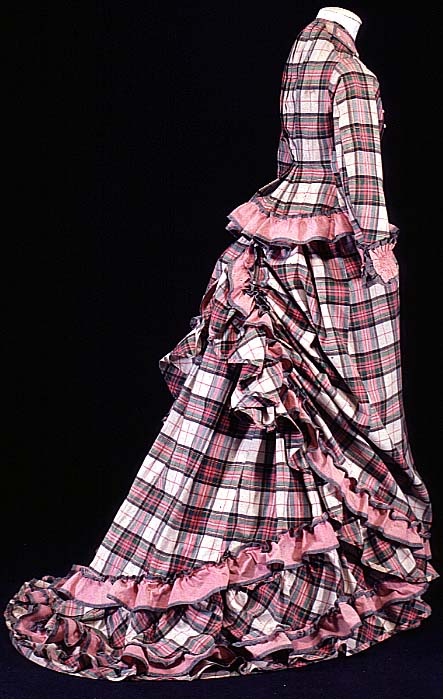
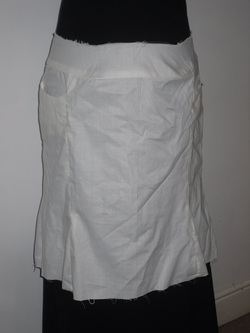
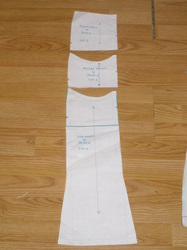
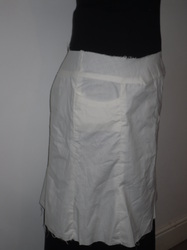
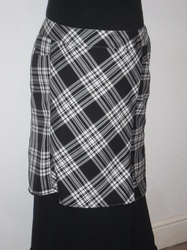


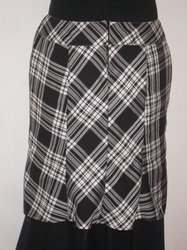
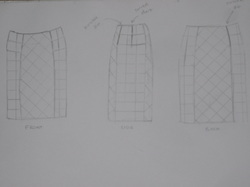
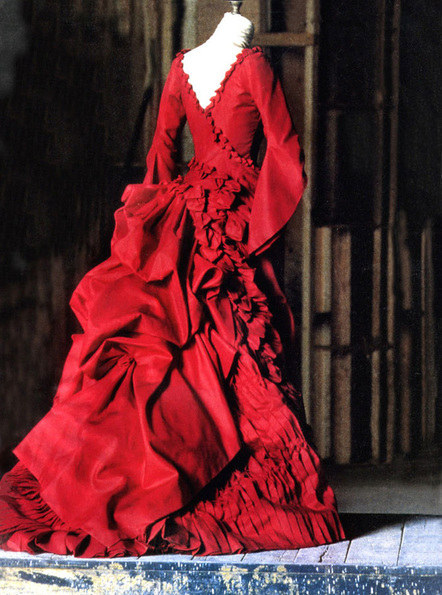





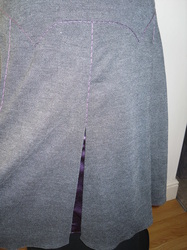

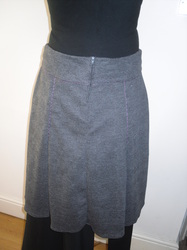
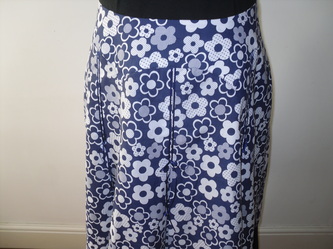
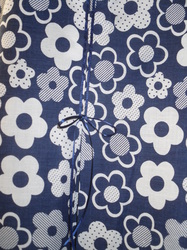
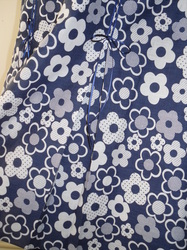
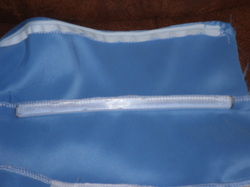
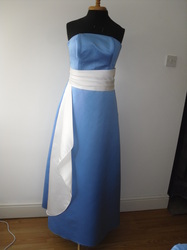


 RSS Feed
RSS Feed
